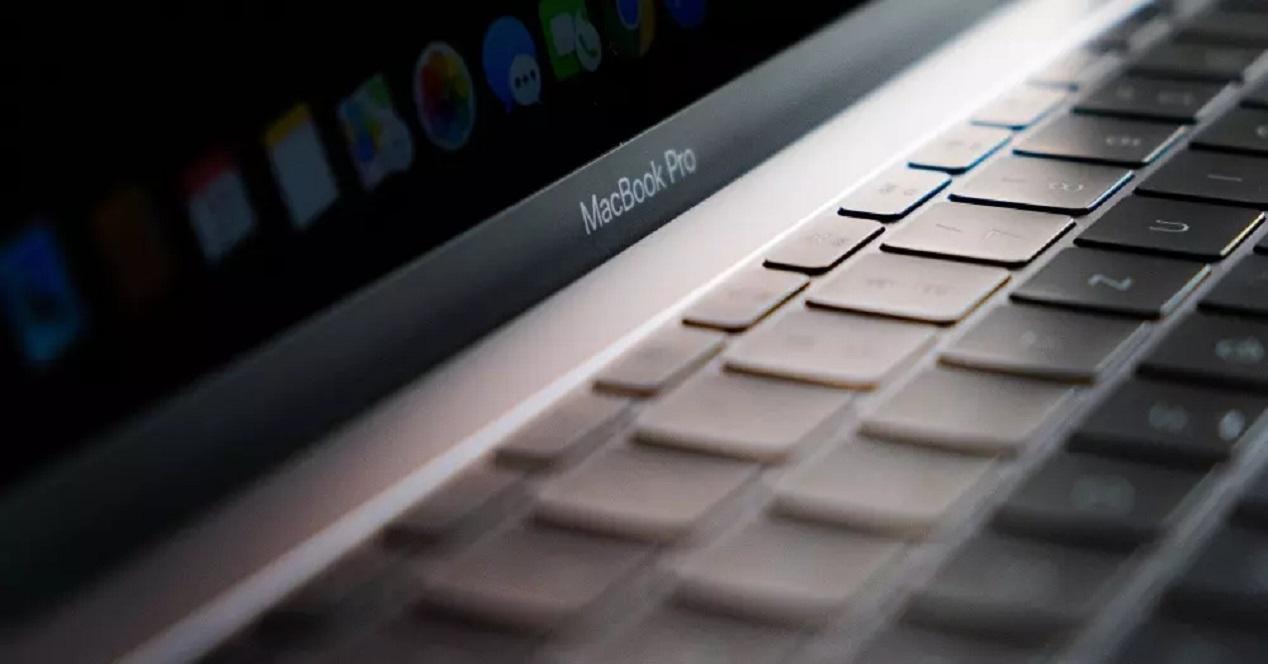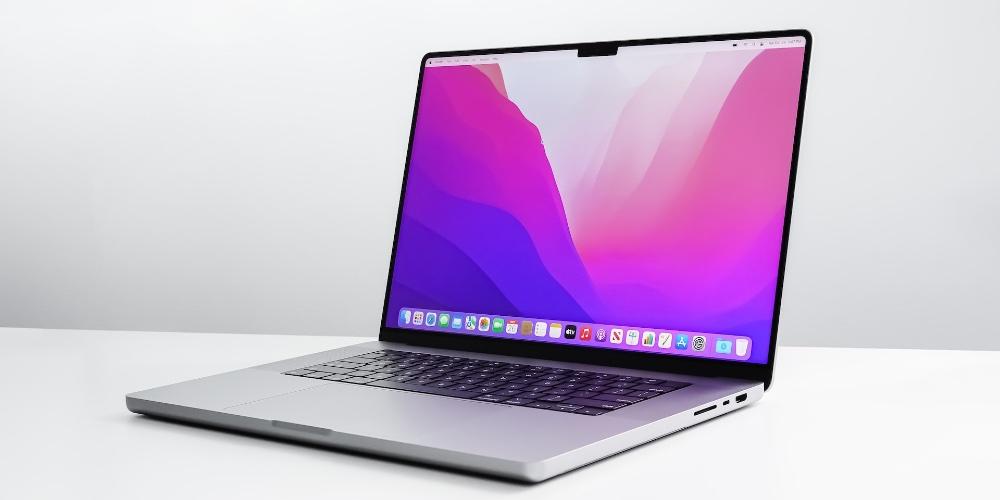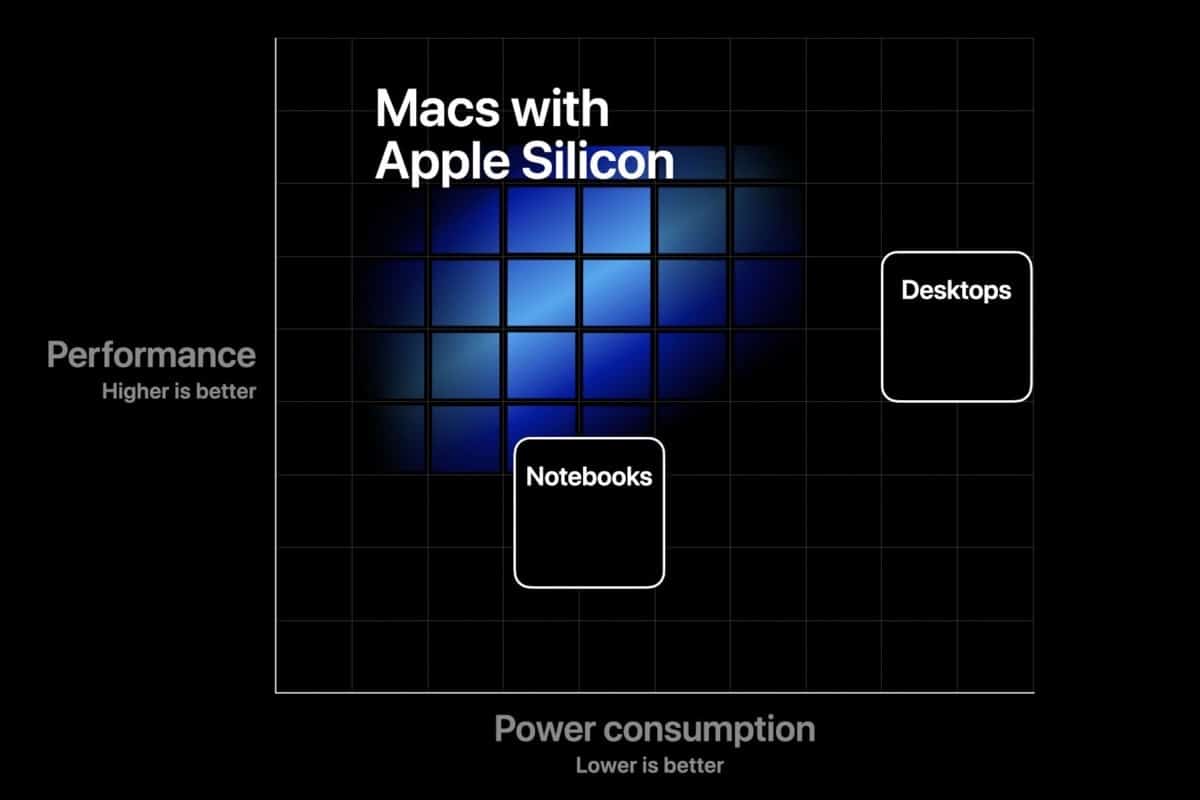
Currently, and almost without a shadow of a doubt, the Mac innovation and development department is in excellent health, since, since 2020 with the launch of the first-generation Apple Silicon, they caused a true revolution in the industry. of laptops and desktops. Two years later, Apple is already working on its third generationa milestone in technology and development that we are going to analyze below:
New Macs in sight
Mark Guman, in his latest Power On newsletter, reports that there are signs that Apple will launch the first Mac with M3 in late 2023 or early 2024. The root of such a statement comes from the records that app developers are running with prototypes of the M3.
This new generation of Silicon represents a exponential growth in terms of hardware features, because, as Bloomberg’s Mark Gurman indicates, this M3 Pro chip will have a initial setup dreamy: with 12 CPU cores, 18 GPU cores and 36 GB of RAM.
If the data in the Apple lab is good and meets the development criteria, the new M3 Pro chip they would have two more CPU cores and 2 more GPU cores compared to the reference M2 Pro chip, and slightly more RAM maximum (36 GB on M3 Pro vs. 32 GB on M2 Pro). This increase in potential would also be carried out with the M2, Max and Ultra base chips. However, it seems clear that there will be no changes in the design of the MacBook, a design with a multitude of ports that considerably improve the way we relate to the Mac.
Finally, Gurman has also given data on new MacBooks, specifically, the 15-inch MacBook Air with the M2 chip, where he “expects” Apple to launch them at the Apple Worldwide Developers Conference, which will take place on June 5, 2023 in Cupertino.
Focusing on the details
We have analyzed from a macro point of view the differences that there would be between the second and third generation Pro of Apple Silicon. However, Mark Gurman goes much further, since this new generation would include six high-performance cores and six efficiency coresfor a total of 12. This implementation is not new, since Apple has made the same strategy than with the M1 and M2 processors.
We also have data on how the production of the new Macs, through a process of elaboration of 3 nanometers, which will cause improvements in the performance of the cores with respect to the predecessor generation.
By way of conclusion, Apple seems to want to launch a new generation of Apple Silicon every year, which may be positive for the company from a financial point of view, but perhaps not so much with respect to the user, since you have the feeling that you work with a device that in a very short time is “old”. I have a Mac mini with M1, next year I will have a desktop of two generations, too old already?






